Who’s who of the Glittering Mile: Sydney’s one-time crim kings
Gangsters, pimps, and standover men flocked to Sydney’s ‘Glittering Mile’ in the 1960s, many of them crossing paths with fledgeling gangster Stewart John Regan and some finding their way into his inner circle.
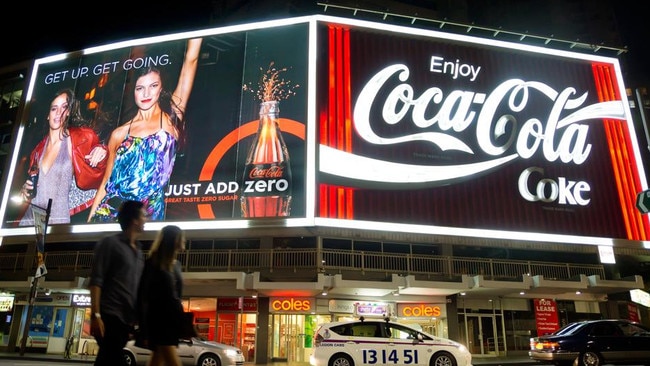
Murdered gangster Stewart John Regan encountered some of Australia’s most notorious criminals on Sydney’s “Glittering Mile” in the 1960s – including one crime boss who attended his 21st birthday.
Regan’s assassination by multiple gunmen less than a decade after that milestone is investigated in The Australian’s podcast The Gangster’s Ghost. The first two episodes are available to listen for free on Apple and Spotify now.
Here’s a guide to the gangsters, pimps, and standover men who ran Kings Cross – or wanted to – in ‘Shotgun Johnny’ Regan’s day.
Frederick ‘Paddles’ Anderson
It was because of his big hands or big feet – depending on who you asked – that Frederick Anderson earned the nickname “Paddles”. But it was his fearsome wheeling and dealing in Sydney’s criminal underworld that secured his legacy.
After being charged with murder in 1940, he famously smuggled a gun into the court room and vowed to shoot his way out if he was convicted. (He wasn’t).
Anderson had a vast network and the final say in pretty much everything that happened in the shadows cast by the lights of the Glittering Mile. He parlayed his experience as a standover man into a protection racket, dipping into robbery, illegal gambling, and the drug trade along the way.
And amid all that, he found time to attend the 21st birthday of Stewart John Regan.
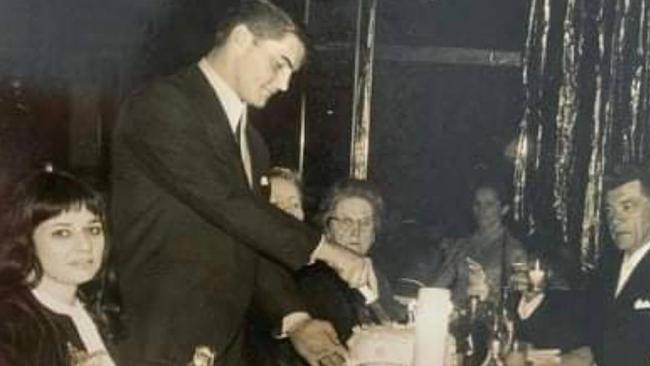
“There’s a fascinating photo I have of Regan cutting a cake at Chequers [nightclub] … and sitting opposite him at the table is Frederick ‘Paddles’ Anderson,” Matthew Condon says in a new episode of The Gangster’s Ghost.
Anderson outlived his young charge by more than a decade, dying in early 1985.
Lennie ‘Mr Big’ McPherson
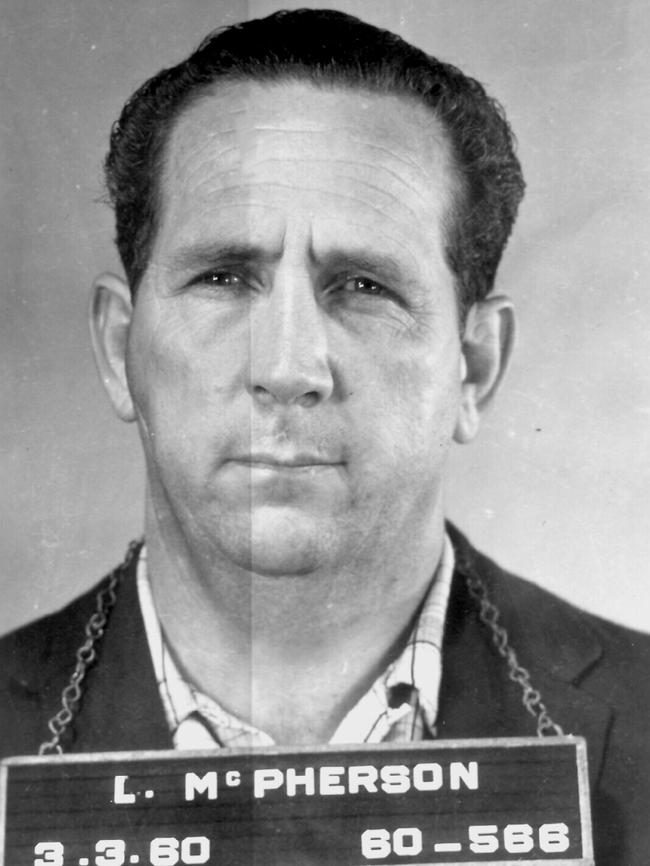
To this day, Leonard “Mr Big” McPherson is considered one of the most notorious criminals ever produced by Australia.
Through the 1950s and ‘60s – as Johnny Regan emerged as a fledgeling gangster from the Mount Penang Training School for Boys – he controlled the vice that plagued Kings Cross: gambling, girls, drugs, corruption, and extortion.
A multiple murderer – and another suspect in Johnny Regan’s killing – McPherson emulated the famed American gangster Al Capone, going about his business with impunity by the time Regan was felled.
McPherson regularly collaborated with the hotelier Abe “Mr Sin” Saffron and the bookie George Freeman on his criminal dealings and did several stints in jail – including at Long Bay and Grafton’s maximum-security prison – for his trouble.
He also cultivated relationships with several corrupt police officers inside and outside prison, acting as an informant when it was beneficial to him.
It would take until the 1990s for Mr Big to be locked up for good. He died at 75 after suffering a heart attack in Cessnock Gaol in the NSW Hunter Valley.
George Freeman
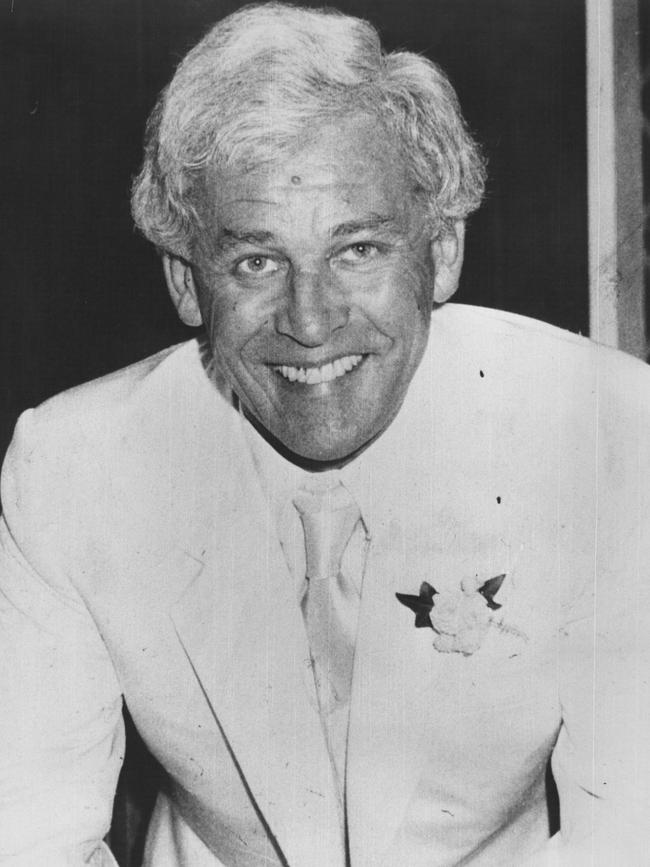
Like John Regan and Lennie McPherson, George Freeman did a stint at Mount Penang before graduating to the fearsome Tamworth Boys Home – also known as the Institute for Murder.
A bookmaker and illegal casino operator, George Freeman came up through Sydney’s horse racing industry. It was a trade that made him very wealthy, and highly motivated to pursue the debts owed to him – one of his debt collectors was rumoured to favour a Tomahawk for the removal of fingers of those who couldn’t pay.
He was also accused but never convicted of serious crimes like murder and assault, and corruption within NSW Police meant he was rarely bothered by the cops after the late 1960s.
Freeman was shot in the neck by an unknown gunman in 1979 but survived the assassination attempt. He died just over a decade later after suffering an asthma attack, which a coroner linked to a long-term addiction to the drug pethidine.
John Andrew Stuart

A blow-in from up north, John Andrew Stuart appeared in Regan’s orbit in the early days of his short-lived criminal career.
Stuart was violent, bordering on psychopathic – in fact, he was reportedly certified as insane while incarcerated at Long Bay and had been committed to the Callan Park asylum in Sydney’s inner west for brutally bashing a police officer.
Stuart and his co-accused Jim Finch were sentenced to life in prison for firebombing the Whiskey au Go Go nightclub in Brisbane in 1973. With 15 fatalities, it was Australia’s worst mass murder until the Port Arthur massacre perpetrated by Martin Bryant in 1996.
Both insisted they were innocent and had been framed by police for the crime. While awaiting trial in Queensland’s notorious Boggo Road Gaol, Stuart sewed his lips together with a paper clip and swallowed nails in an attempt to delay proceedings.
His many antics failed to secure his freedom, and he died in his cell on New Years Day in 1979.
Raymond ‘Ducky’ O’Connor

Of all the crims he crossed, corrupt cop Roger Rogerson told The Australian’s senior reporter Matthew Condon the maniacal tendencies of Raymond “Ducky” O’Connor were among the most memorable.
A contemporary of Johnny Regan, O’Connor was a murderer and standover man believed to be running a protection racket at the ripe old age of 28. He was married to Grace “The Case” O’Connor, a thief and robber with a penchant for pinching jewels and cash from department stores and banks.
He was jailed for the murder of Melbourne woman Shirley Bowker, who was caught in the middle of a post-footy brawl in 1967, and was once suspected of killing Sydney greyhound trainer Charlie Bourke.
Ducky O’Connor was on bail for Bowker’s murder when he was fatally shot at the Latin Quarter nightclub in Sydney in the early hours of May 28, 1967. Some accounts say rival gangster Lennie McPherson shot him at point-blank range, while others suggest he was shot in the head by his own firearm during the fracas.
Despite the presence of two Criminal Investigation Branch (CIB) detectives at the club that night, no-one reported seeing what happened.
Shirley Brifman
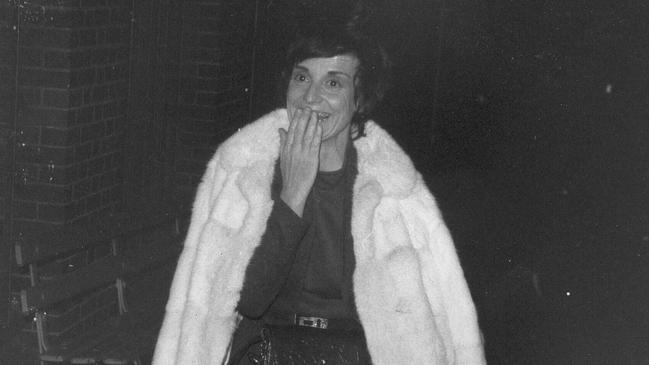
Mother, madam, whistleblower. Shirley Brifman was all three in her relatively short life.
Born into modest circumstances in Far North Queensland in the wake of the Great Depression, Brifman – née Emerson – and her husband, Sonny, moved to Sydney in the 1960s, where they ran a handful of brothels.
She was a sex worker herself for a time and the pair fell afoul of the law more than once, acquiring a rap sheet stacked with offences relating to their business dealings.
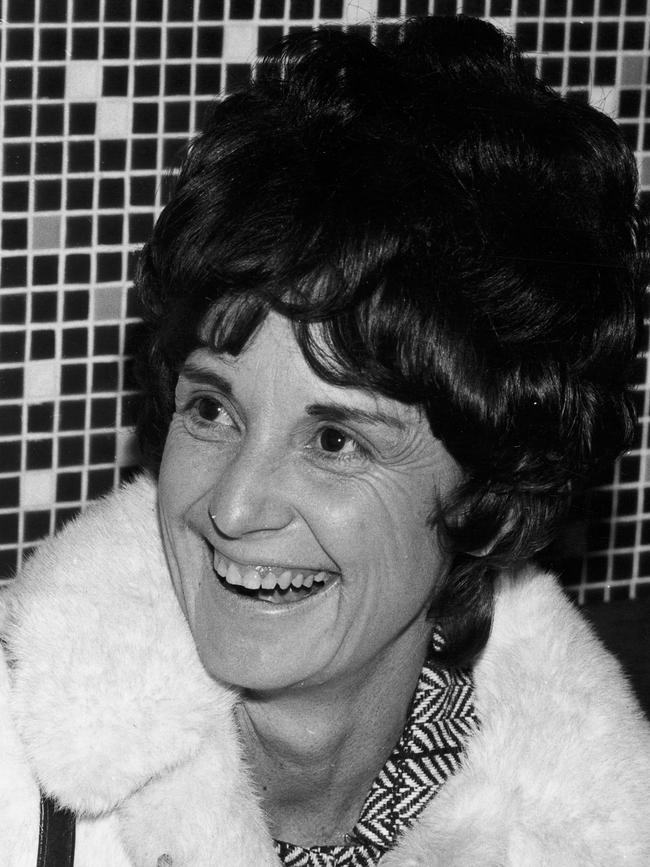
It was in Kings Cross – the beating heart of Sydney’s underworld – that she crossed paths with Johnny Regan, who she says tried to murder her on his way to the top.
While out on bail in 1971, Brifman famously blew the whistle on police corruption in NSW and Queensland, claiming senior officials coached her to lie under oath in an inquiry almost a decade earlier.
She was found dead by her children at a police safehouse in Queensland in 1972, shortly before she was due to appear as the chief witness in the perjury trial of senior Queensland detective Tony Murphy. She was just 35 years old and believed to have died from an overdose of barbiturates.
In 2017, at the urging of Brifman’s daughter Mary Anne, the Queensland state government asked a coroner to investigate the circumstances of her death in an attempt to finally ascertain if foul play was involved. The case never proceeded to an inquest.
Roger Rogerson
They called him ‘The Dodger’ – the corrupt cop who mixed with criminals and gangsters for most of his policing career.
Roger Rogerson’s reputation as a dependable member of the force came into question after he shot dead drug dealer Warren Lanfranchi in an inner-Sydney back street in 1980.
Lanfranchi’s girlfriend, Sallie-Anne Huckstepp, turned up dead in Sydney’s Centennial Park in 1986, after she sensationally accused Rogerson of murdering Lanfranchi in cold blood. Arthur ‘Neddy’ Smith – a Rogerson associate – was tried and acquitted of Huckstepp’s murder more than a decade later, in 1999, but rumours of Rogerson’s involvement persist to this day.
Rogerson was also suspected of conspiring to kill drug squad detective Michael Drury, who was shot through his kitchen window in 1984, allegedly for refusing to accept a bribe.
Johnny Regan’s de facto wife Margaret Yates believes Rogerson was behind his assassination in Marrickville in 1974.
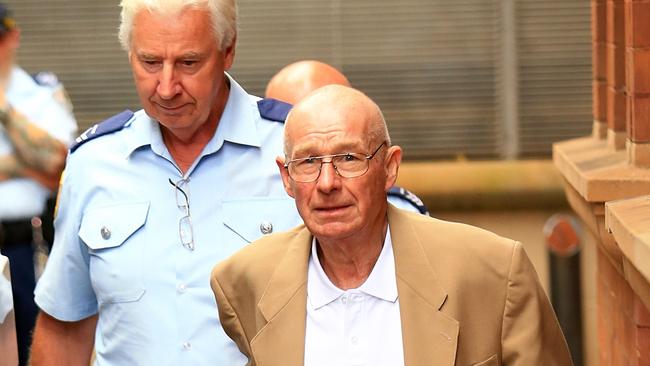
He was arrested and jailed in 2014 for the murder of drug dealer Jamie Gao. He died while serving time in Sydney’s Long Bay Correctional Centre – where he reportedly tickled the ivories for his fellow inmates’ entertainment – in 2023, aged 83.
Hear Episodes 1 and 2 of The Gangster’s Ghost on Apple and Spotify now. Subscribers get Episodes 3 and 4 exclusively at gangstersghost.com.au




